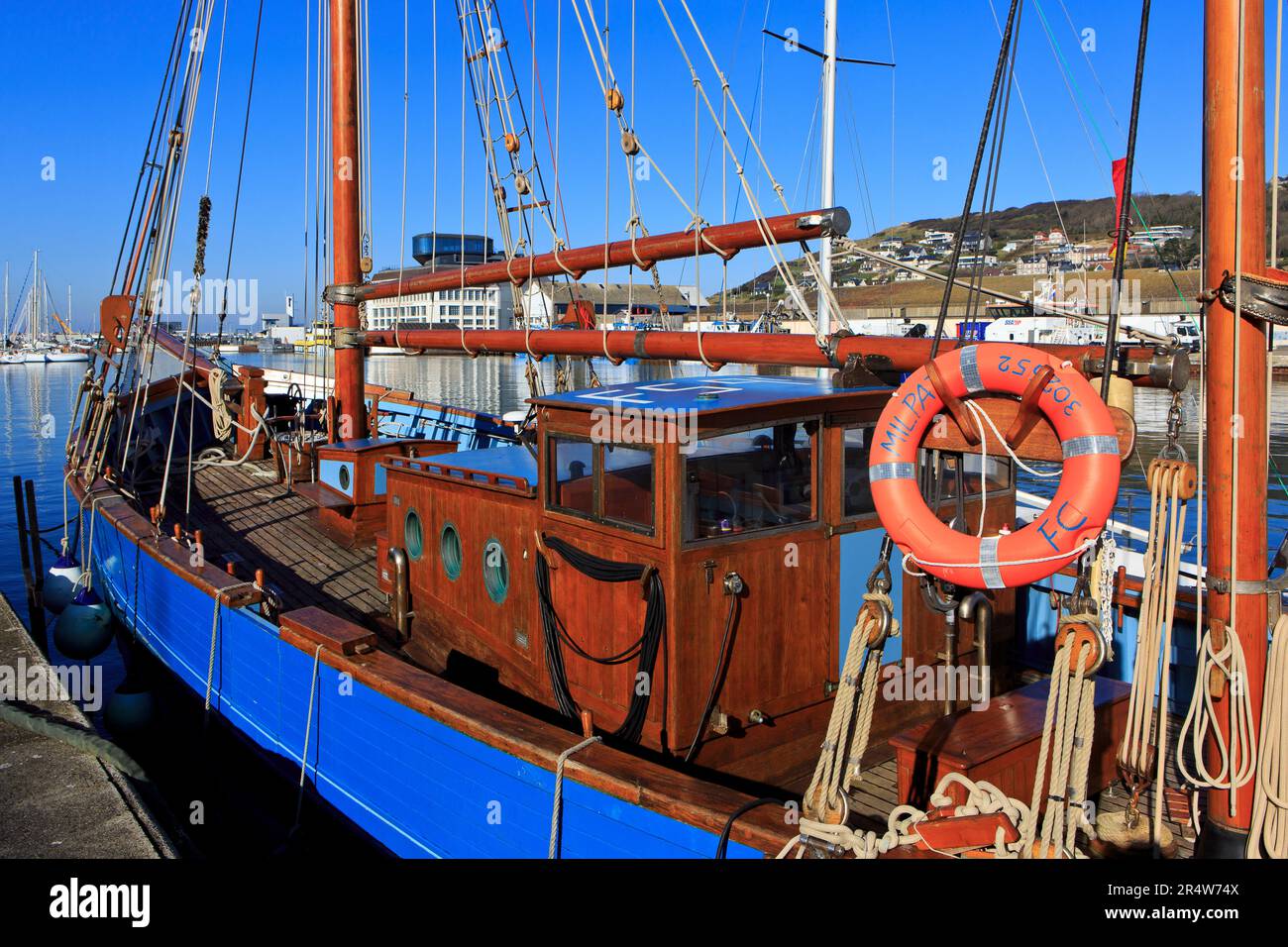Boating is a beloved pastime for many, offering a unique blend of relaxation, adventure, and connection with nature. Whether you’re cruising on a tranquil lake or exploring the open sea, the experience can be exhilarating. However, before embarking on your boating license bc maritime journey, there’s an essential requirement to consider: the boat license.

What is a Boat License?
A boat license, also known as a boating license or certificate, is a legal document that demonstrates an individual’s competency to operate a boat. Its primary purpose is to ensure the safety of everyone on board and to protect the marine environment. Requirements for obtaining a boat license vary by location, but generally involve completing a boating safety course and passing an exam.
The Importance of Obtaining a Boat License
1. Safety First:
Safety is paramount on the water. A boat license indicates that the operator understands navigation rules, emergency procedures, and how to handle various situations that may arise while boating. This knowledge significantly reduces the risk of accidents and ensures everyone’s well-being.
2. Legal Compliance:
Operating a boat without a license can result in fines and legal repercussions. Just as a driver’s license is required to operate a car, a boat license demonstrates that the operator meets the necessary standards set by maritime authorities.
3. Environmental Responsibility:
Many boating courses include education on environmental stewardship. Boaters learn how to minimize their impact on marine ecosystems, such as avoiding sensitive habitats and properly disposing of waste. This knowledge helps preserve marine environments for future generations to enjoy.
4. Insurance Benefits:
Some insurance providers offer discounts to boaters who have completed a recognized boating safety course. This not only incentivizes obtaining a license but also encourages ongoing education and skill development.
How to Obtain a Boat License
1. Education and Training:
The first step is to enroll in a boating safety course approved by relevant authorities. These courses cover essential topics such as navigation, boating laws, and emergency procedures.
2. Examination:
After completing the course, individuals typically need to pass a written exam to demonstrate their understanding of boating regulations and safety practices.
3. Issuance of License:
Upon successful completion of the exam, a boat license or certificate is issued. This document is proof of competency and must be carried on board whenever operating the boat.
Conclusion
In conclusion, obtaining a boat license is not just a legal requirement—it’s a commitment to safety, environmental stewardship, and responsible boating practices. It empowers boaters with the knowledge and skills needed to navigate waters confidently and responsibly. Whether you’re a seasoned sailor or a beginner setting out on your first voyage, investing in a boat license ensures that every outing is safe, enjoyable, and respectful of the marine environment. So, before you set sail on your next adventure, remember to secure your boat license and embark on your journey with peace of mind. Safe sailing!
